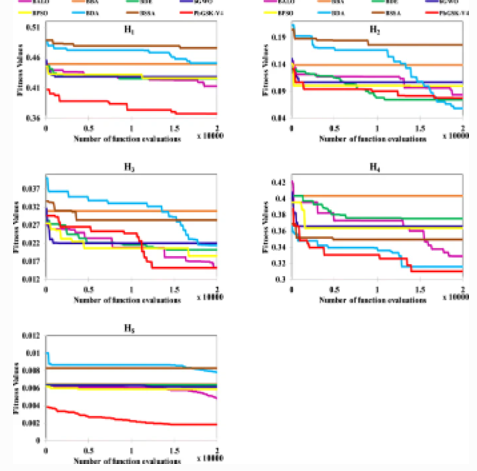Network-coded wireless powered cellular networks: Lifetime and throughput analysis
In this paper, we study a wireless powered cellular network (WPCN) supported with network coding capability. In particular, we consider a network consisting of k cellular users (CUs) served by a hybrid access point (HAP) that takes over energy transfer to the users on top of information transmission over both the uplink (UL) and downlink (DL). Each CU has k+1 states representing its communication behavior, and collectively are referred to as the user demand profile. Opportunistically, when the CUs have information to be exchanged through the HAP, it broadcasts this information in coded format to the exchanging pairs, resulting in saving time slots over the DL. These saved slots are then utilized by the HAP to prolong the network lifetime and enhance the network throughput. We quantify, analytically, the performance gain of our network-coded WPCN over the conventional one, that does not employ network coding, in terms of network lifetime and throughput. We consider the two extreme cases of using all the saved slots either for energy boosting or throughput enhancement. In addition, a lifetime/throughput optimization is carried out by the HAP for balancing the saved slots assignment in an optimized fashion, where the problem is formulated as a mixed-integer linear programming optimization problem. Numerical results exhibit the network performance gains from the lifetime and throughput perspectives, for a uniform user demand profile across all CUs. Moreover, the effect of biasing the user demand profile of some CUs in the network reveals considerable improvement in the network performance gains. ©2021 IEEE.


